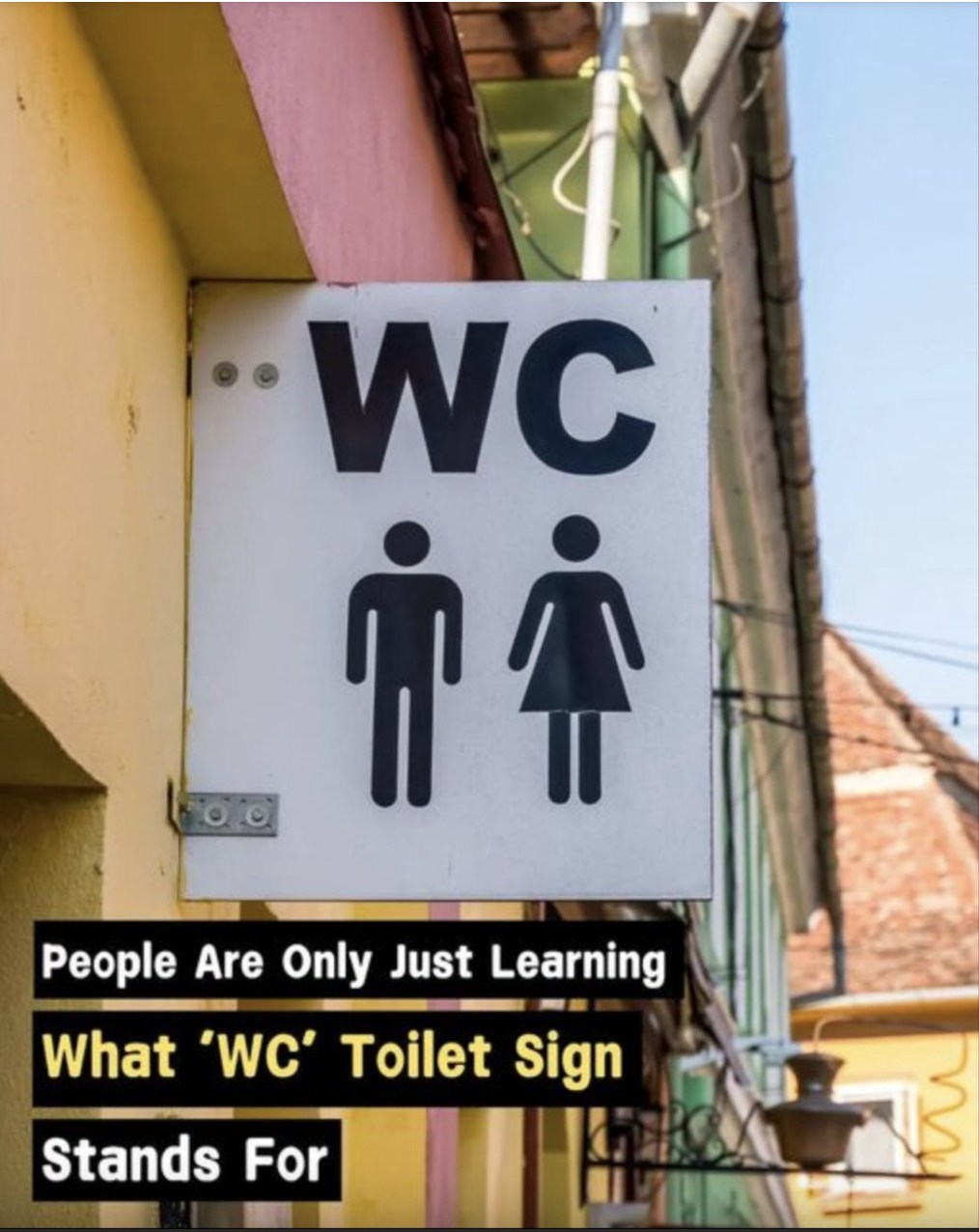As indoor plumbing became more widespread, especially in the 20th century, homes and public buildings started combining bathing and toilet facilities into a single room. Despite this change, some of the older names stuck.
Over time, “WC” remained in use, especially in public places such as airports, train stations, restaurants, and hotels, where signage needs to be quickly understood by travelers from around the world.
Resting, Washing, or Bathing?
Online, people still joke about the meanings behind these terms. In a popular video, a couple humorously questioned the word “washroom,” wondering what exactly people are supposed to be washing. “Do you rest in a restroom?” one asked, pointing out how all the terms—bathroom, restroom, washroom—seem a little funny when you think about them too hard.
Reddit users have also chimed in on the topic. One commenter noted, “In the U.S., ‘bathroom’ is a euphemism for a room with a toilet, even if there’s no bathtub.” Another shared how in some languages, such as Russian, it’s called “a room without windows,” regardless of whether it has a window or not. And in Esperanto? It’s called a “necesejo,” which translates to “necessary place.”
A Universal Need, Many Names
No matter what you call it—WC, bathroom, washroom, loo, or lavatory—one thing is clear: it’s a space we all rely on, and the terms we use reflect our culture, history, and even a little humor.
So next time you see “WC” on a sign, you’ll know exactly what it means—and where to go!
What do you call it in your country or region? Share this story and let us know—because everyone’s got an opinion on this everyday topic!

